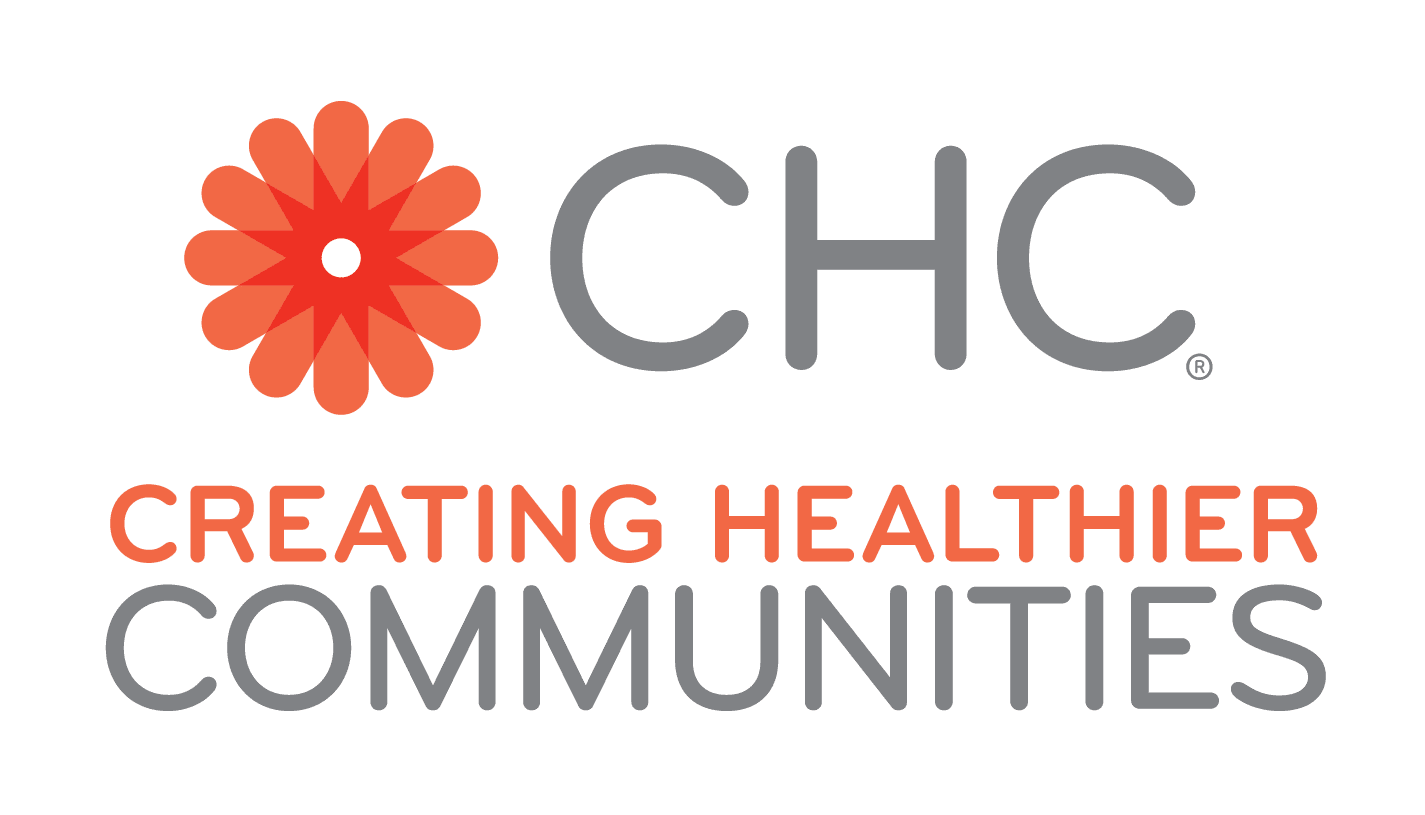What Does DEI Mean to Your Mission? Communicating Effectively in a Changing Political and Cultural Climate
Staying True to Your Mission: Communicating Effectively in a Changing Landscape
For many nonprofits, fostering fairness, opportunity, and access for all remains a core value. However, recent policy changes at the federal level are affecting how organizations approach these efforts. As the landscape shifts, nonprofits must reassess how these principles align with their mission and ensure they communicate their commitment clearly and effectively—both internally and externally.
Clarifying Your Organization’s Commitment
While evolving policies may create uncertainty, this moment presents an opportunity for organizations to reaffirm their core values and long-term goals. Instead of reacting hastily, consider:
- Mission Alignment: How do fairness and access connect to your broader goals? Focus on specific ways these efforts enhance your impact.
- Sustainability: Adapt initiatives to remain effective and compliant with legal standards while staying true to your mission.
- Operational Integrity: Ensure these commitments are woven into everyday decision-making rather than treated as separate initiatives.
Communicating Your Commitment to Stakeholders
Clear and consistent communication is essential in navigating change. Nonprofits should be strategic in how they share their commitments with staff, supporters, and the public.
Internal Communication
- Transparent Leadership Messaging: Keep staff informed about how initiatives will continue or evolve in response to policy changes.
- Training and Education: Update internal resources to ensure employees understand any adjustments being made.
- Employee Engagement: Create opportunities for open discussions, reinforcing a culture of respect and inclusion even during uncertain times.
External Communication
- Consistent Public Messaging: Share your organization’s approach in a way that aligns with your mission and values, avoiding technical or legalistic language.
- Leadership and Board Involvement: Ensure public statements reflect organizational priorities and have leadership support.
- Focus on Impact: Highlight how your programs create tangible benefits for the communities you serve. Stories and real-world examples help illustrate this impact effectively.
To support clear communication, organizations can develop tools such as messaging guides and other adaptable communication strategies that align with their values.
Adjusting Language While Maintaining Impact
Even before these recent policy changes, many nonprofits faced challenges in effectively communicating their efforts. As the cultural and political landscape shifts, organizations may need to refine their language while staying true to their mission.
Additionally, some funders and partners may shift their priorities, impacting support for specific initiatives. Rather than focusing solely on terminology, organizations can emphasize measurable outcomes and real-world impact. For example:
- Instead of broadly stating a commitment to diverse perspectives, share details about the composition of your leadership team or board.
- Highlight how funding and resources are allocated to communities in need (backed up by data/insights), showcasing transparency in grantmaking and community investment.
- Use storytelling to illustrate how your initiatives create positive change, making the impact relatable and meaningful.
Moving Forward with Purpose
While the landscape continues evolving, nonprofits must navigate the shifts thoughtfully. By staying informed, reviewing policies for compliance, and refining their messaging, organizations can keep their mission front and center while communicating effectively with stakeholders.
CHC: Creating Healthier Communities will continue to monitor developments and provide resources to help nonprofits navigate this evolving space.

Bracing for Impact: How Nonprofits Can Navigate Policy Shifts
- The Office of Personnel Management (OPM) Overhaul: How Changes to the Federal Workforce Could Affect Nonprofits and the Combined Federal Campaign
- Navigating DEI Changes Under the New Administration: What Nonprofits Need to Know
- The Future of Federal Grants: Preparing for Potential Changes in Community Funding






